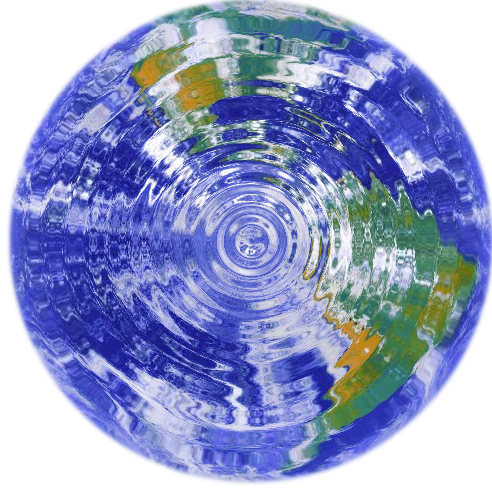 |
 |
 |
| Home page |  |
ROB Home |
Dictionary
Home
> Dictionary




























C
- Cryosphere
The cryosphere is the term which collectively describes the portions of the Earth's surface where water is in solid form, including sea ice, lake ice, river ice, snow cover, glaciers, ice caps and ice sheets, and frozen ground (which includes permafrost). The cryosphere is an integral part of the global climate system with important linkages and feedbacks generated through its influence on surface energy and moisture fluxes, clouds, precipitation, hydrology, and atmospheric and oceanic circulation. Through these feedback processes, the cryosphere plays a significant role in global climate and in climate model response to global change.


E
- Ecliptic
Plane perpendicular to the mean orbital angular momentum vector of the Earth-Moon barycenter. There is no unique interpretation; an ecliptic is defined by means of the angles of the precession theory.


G
- Geodesy
The branch of applied mathematics that deals with the measurement, curvature, and shape of the earth.

H
- Hydrosphère
A hydrosphere in physical geography describes the collective mass of water found on, under, and over the surface of a planet.

I
- IERS
International Earth Rotation Service. Look at www.iers.org for detailed info.
- IAU
International Astronomical Union. Look at www.iau.org for detailed info.
- Interferometry
It is used to combine signals from two or more telescopes to obtain measurements with higher resolution than could be obtained with either telescopes individually. This technique is the basis for astronomical interferometer arrays, which can make measurements of very small astronomical objects if the telescopes are spread out over a wide area. If a large number of telescopes are used a picture can be produced which has resolution similar to a single telescope with the diameter of the combined spread of telescopes.





N
- Nutation
Forced periodic part of the motion of the pole of rotation of a freely rotating body that is undergoing torque from external gravitational forces.


P
- Precession
the uniformly progressing motion of the pole of rotation of a freely rotating body, undergoing torque from external gravitational forces. In the case of the Earth, the precession of the equator is caused by solar system objects acting on the Earths equatorial bulge making the pole of rotation describe a 26000-year orbit around the ecliptic pole; the precession of the equinox results both from the precession of the equator and the precession of the ecliptic, which is the secular part of the motion of the ecliptic with respect to the fixed ecliptic.





U
- UT1
A time scale based on Earths axial spin. UT1 is a measure of the true angular orientation of Earth in space. Because Earth does not spin at exactly a constant rate, UT1 is not a uniform time scale.

V
- Very Long Baseline Interferometry (VLBI)
Type of astronomical interferometry used in radio astronomy. It allows observations of an object that are made simultaneously by many telescopes to be combined, emulating a telescope with a size equal to the maximum separation between the telescopes.




